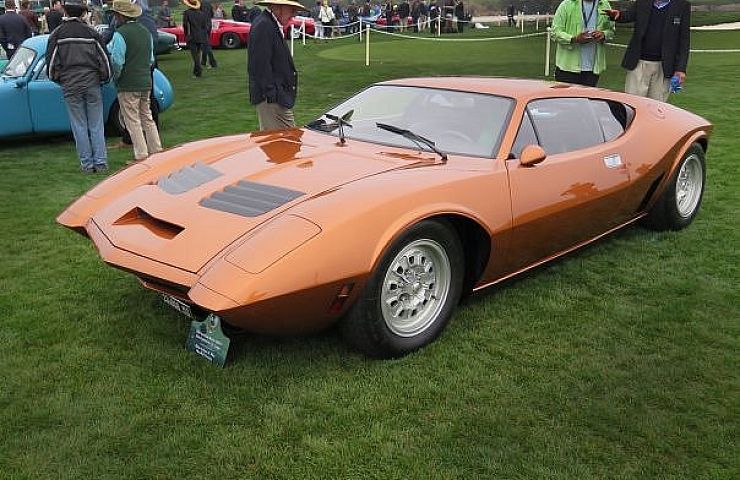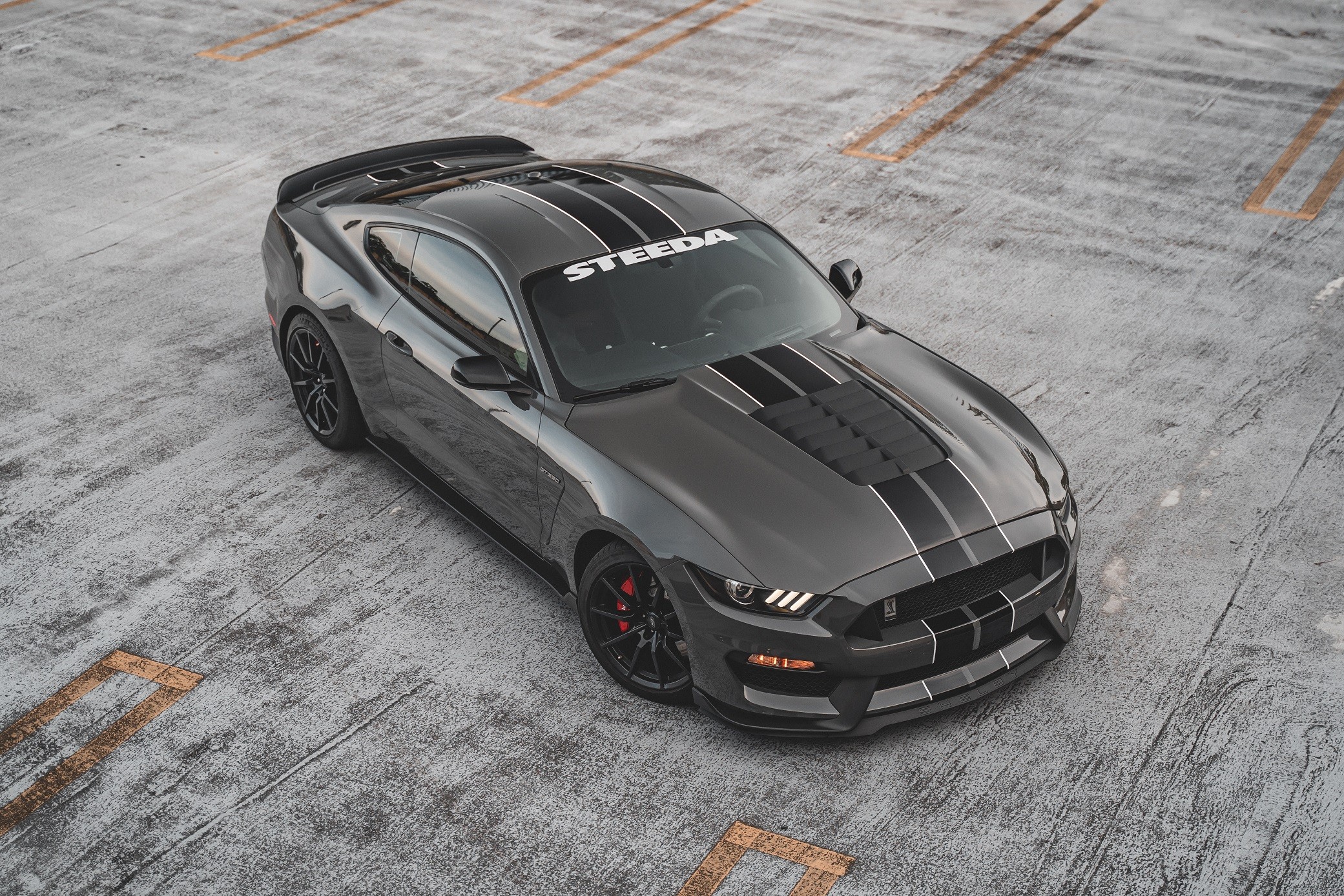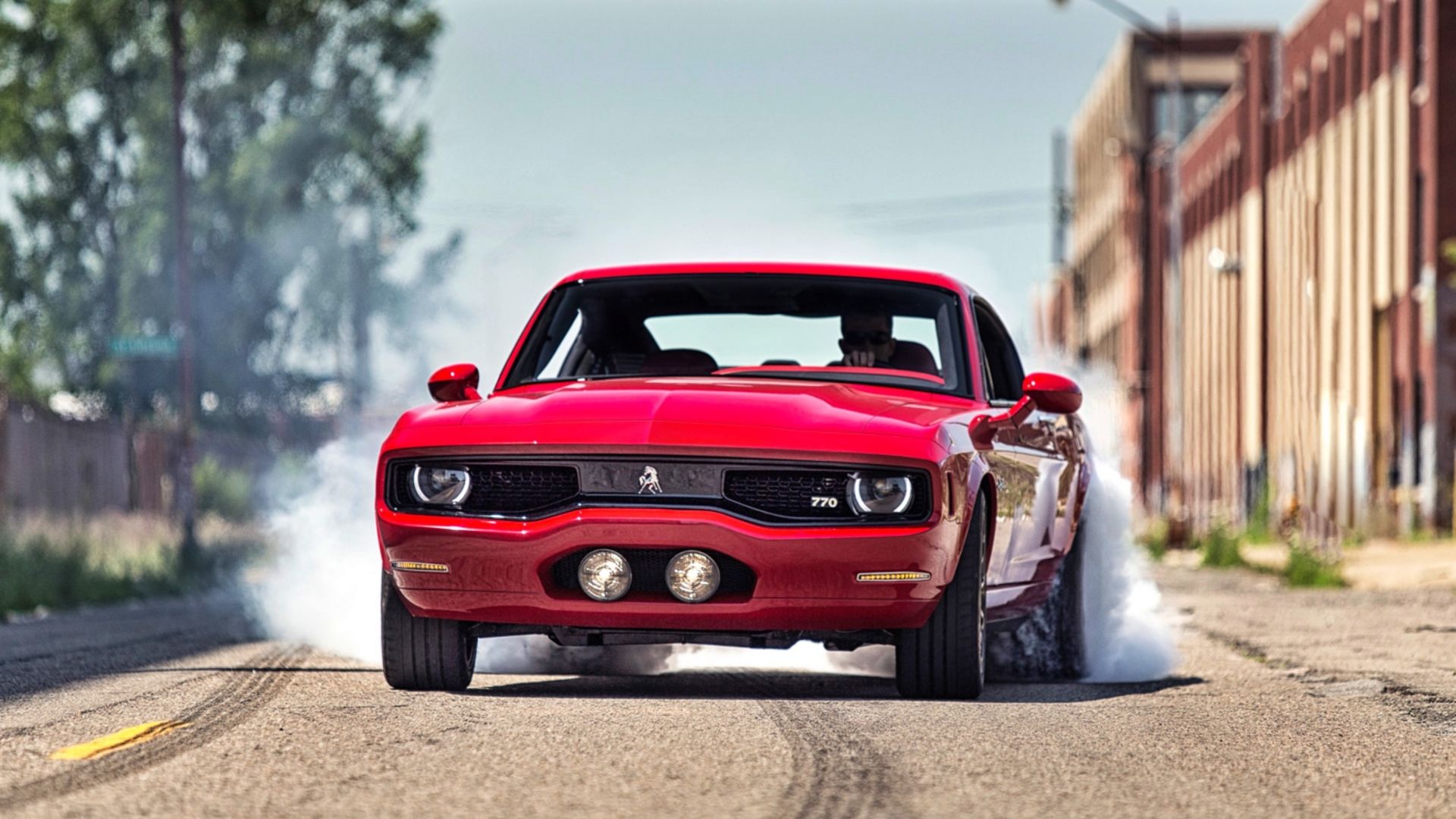McLaren P1
The McLaren P1 is a true successor to the legendary McLaren F1 which was one of the most impressive cars of the early 90s. Fast forward to present day, the P1 is limited to 375 units and each is priced at 866,000 GBP. For this money, the British automaker offers in return a supercar powered by a hybrid powertrain encompassing a V8 3.8-liter twin-turbo mid-mounted engine delivering 737 HP (542 kW) at 7,500 rpm and a peak torque of 720 Nm (531 lb-ft) from 4,000 rpm. It works together with an electric motor rated at 179 HP (132 kW) and 260 Nm (192 lb-ft). The combined output stands at 916 HP (674 kW) and 900 Nm (663 lb-ft).
Benefiting from F1-derived technology like drag reduction system (DRS), the McLaren P1 will run the 0-62 mph (0-100 km/h) sprint in less than three seconds, on its way to an electronically-capped top speed of 217 mph (350 km/h). The P1 also has an Instant Power Assist System (IPAS) which is basically the KERS system F1 cars have so upon activation it turns on the electric motor to provide the additional boost.
LaFerrari
A worthy competitor for the P1 is the LaFerrari, a successor to the Ferrari Enzo and the company’s new flagship model. Limited to 499 cars at 1.11M GBP each, the LaFerrari is motivated by a V12 6262cc engine churning 800 HP (588 kW) at 9,000 rpm and 700 Nm (516 lb-ft) of torque at 6,750 rpm. Just like the P1, the LaFerrari also has an electric motor which generates an extra 163 HP (120 kW) and 270 Nm (199 lb-ft) of torque. With a combined output of 963 HP (708 kW) the LaFerrari seems to be more powerful than the P1 but it’s more than just comparing numbers.
The LaFerrari will perform the 0-62 mph (0-100 km/h) run in less than three seconds before hitting a maximum speed of 217 mph (350 km/h). The electric motor (HY-KERS) weighs 308 lbs (140 kg) and 136 lbs (62 kg) from that weight is in the batteries which are mounted in the center. The LaFerrari stops efficiently thanks to a Brembo ceramic braking system with 398x223x36mm front and 380x253x34mm rear discs.
Porsche 918 Spyder
Last but certainly not least, the Porsche 918 Spyder is the newest addition to the 2013 supercar catalogue and is envisioned as a worthy successor to the Carrera GT. It will be limited to 918 units and each will cost about 661,000 GBP. While the other two have a single electric motor, the 918 Spyder has two of them with each mounted on the axles. The conventional engine is a V8 4.6-liter mid-mounted gasoline engine developing 608 HP (447 kW) and 530 Nm (391 lb-ft) which works together with a front axle mounted electric motor outputting 129 HP (95 kW) and a rear axle mounted electric motor providing 156 HP (115 kW). As a result, combined output is of 887 HP (661 kW) and 800 Nm (590 lb-ft).
Porsche says the 918 Spyder production version will reach 62 mph (100 km/h) from start in 2.8 seconds, while 0-124 mph (0-200 km/h) will take 7.9 seconds. It needs just 23 seconds from 0 to 186 mph (300 km/h) before reaching a top speed of 211 mph (340 km/h). It can run only on electric power for 18 miles (30 km) and reach a zero-emission maximum speed of 93 mph (150 km/h). In hybrid mode the 918 Spyder has an impressive fuel consumption of just 3.3 liters / 100 km.
Just like all supercars from prestigious automakers, these three models are an instant hit for McLaren, Ferrari and Porsche, respectively. Even though they cost a lot of money, it’s easy to understand why customers are willing to pay the premium since they want to have the latest technology in terms of car performances. Regardless of preferences, nobody can argue with the developments made by these three automakers in the competitive world of automotive industry.






More Stories
Keep Your Ride Pristine: Supercar Storage Solutions
Revved Up for Action: Newcastle 500 Highlights
Rev Up Your Engines at Top Supercar Race Tracks